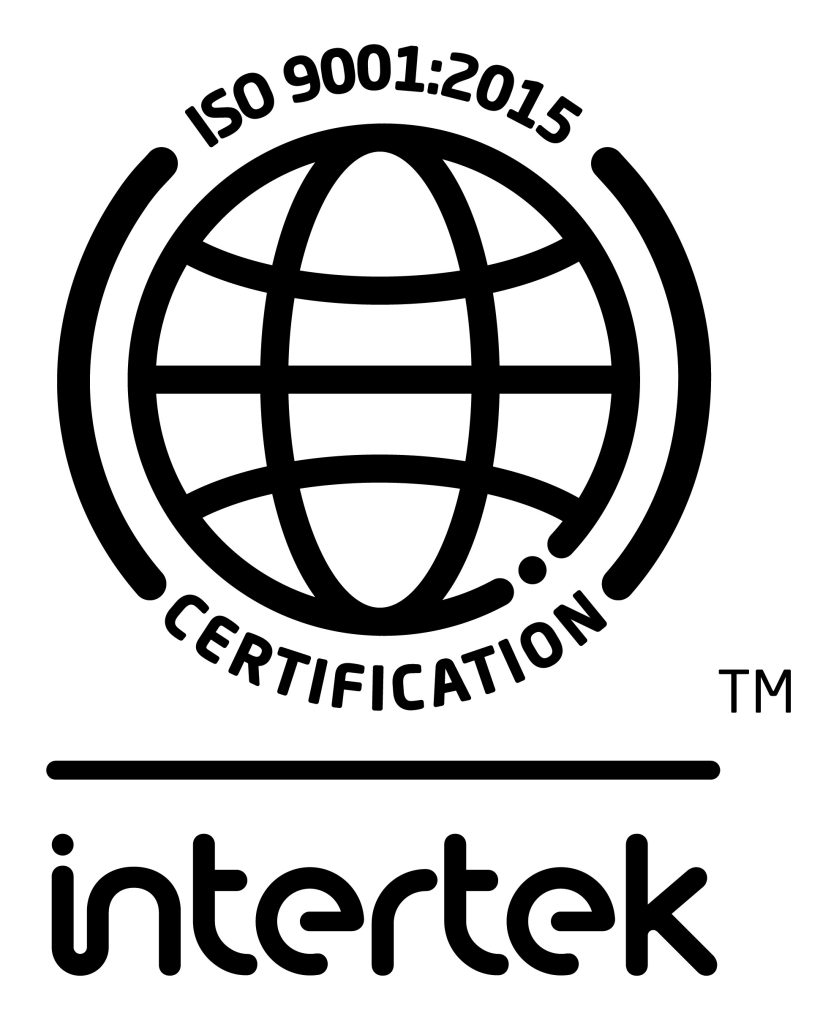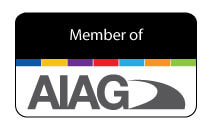Brass and bronze are both sturdy and versatile copper alloys, and their main difference lies in their composition.
What is Brass?
Here brass is an alloy of copper and zinc and can contain metals like tin and lead. It does not contain iron, though,
and it is more malleable than bronze. Brass also has a low melting point of 900 degrees Celsius, making it easier for any sand-casting company to cast.
Eco brass, on the other hand, is devoid of lead because lead is not used in the casting process of eco brass. Hence it is more environmentally friendly, and every good sand-casting foundry adopts the eco-friendly method of the silicone-based casting process.
It is easier to cast brass that is less brittle, softer, and more malleable than bronze, making it more malleable and easier to cast.
What is Bronze?
Bronze, too, is an alloy of copper, but it is made of 90% copper and 10% tin. Bronze has a higher melting point than brass at 950 degrees Celsius, making it slightly more difficult to cast than brass.
At the same time, bronze is also brittle and hard, as mentioned above, making it a metal challenging to cast. However, bronze has its own appeal in art and crafts; hence, bronze coating services sometimes provide a coat of bronze on other metals.
Then again, bronze is also comparatively more expensive compared to bronze. Both brass and bronze have been in use since ancient times, and the processes to cast them have become better over time.
It is challenging to apply the silicone-based casting process used by brass casting services compared to the casting of bronze. On the other hand, eco brass can be easily cast in an eco-friendly, lead-free method.
This is why brass is more prevalent in different industries like electrical wires, doorknobs, plumbing and piping, and even in the making of utensils. Brass is also helpful in the maritime sector, similar to bronze but more widespread.




